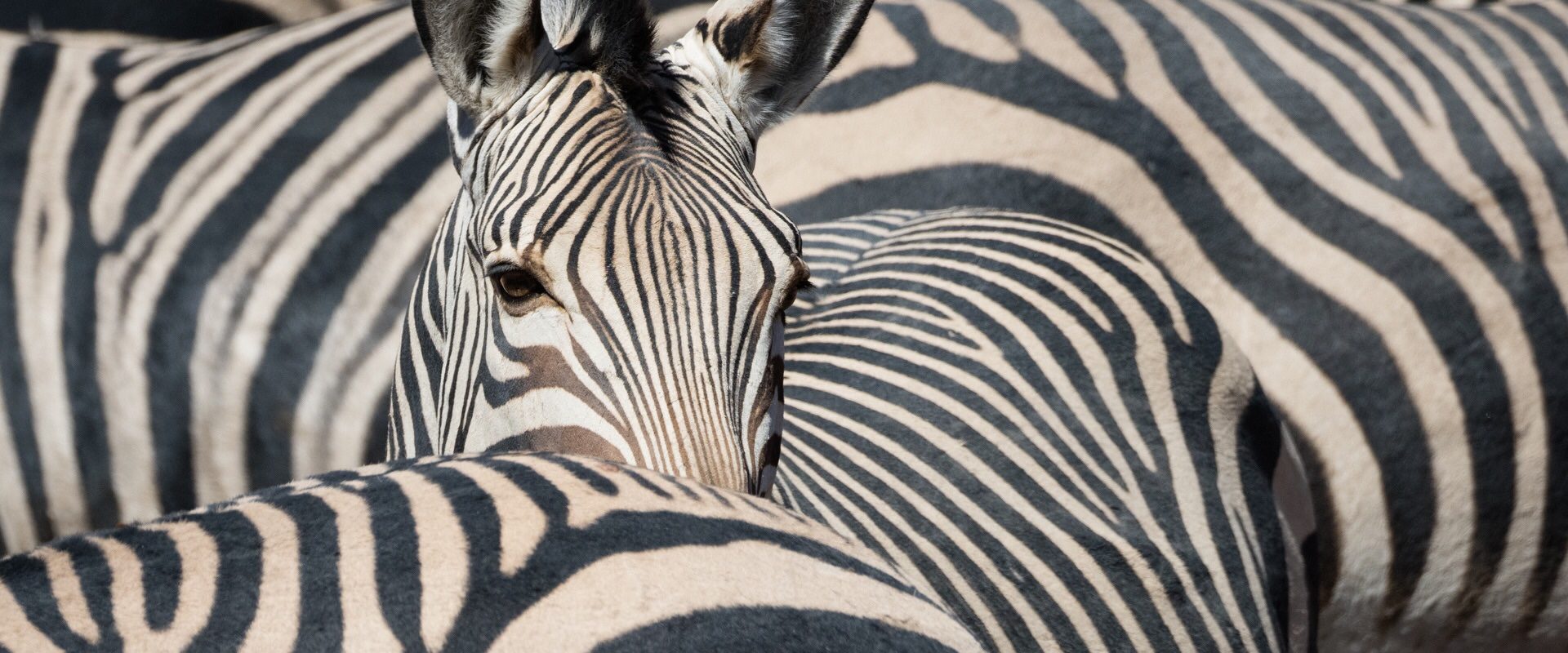A personal account by Tim Moxley, author of RIP Rhinos In Peril, rhino protection volunteer and supporter.
I became aware of the plight of rhinos when a good friend of mine spent time as a volunteer on a rhino preservation reserve. She persuaded me to go out and see for myself. I did and am now committed to helping to protect these wonderful animals.
Rhinos in Peril
Rhinos, or rhinoceroses as they should be called, are one of the Big Five. They are peace loving, vegetarian creatures, who tragically are top of the hit list for would-be poachers due to the growing demand for the keratin. Keratinis is found in rhino horns and is used as an aphrodisiac, supposed cure for cancer and symbol of wealth. The statistics are dramatic and potentially catastrophic. Rhino numbers have fallen from over a million in the 17th century to around 70,000 in 1970. Today only around 28,000 still survive. Poaching has increased by 8000%. Numbers are falling so dramatically that if it continues at the current rate, there will be no rhinos in the wild by 2030.
Observing rhinos close up in the wild
I had seen rhinos many times in zoos and safari parks, but was fortunate enough to be offered an amazing opportunity to travel to South Africa earlier this year to join a guardian project which monitors and protects a group of these iconic creatures. They are truly impressive animals with an ancient, almost eternal beauty. Their bodies are awesomely huge. At almost six feet high the earth shook as their three and a half tons trotted towards our vehicle. Their bodies are clad in thick folds of prehistoric body armour. Their legs are as solid as tree trunks, covered in deep creases and folds. Most impressive of all are their heads. Their ears are immense, shaped like irons and incredibly sensitive. Their eyesight though is poor. I was struck particularly by their sad, soulful, haunted look. Almost as if they were aware of their plight and were pleading for help.
More than just rhinos
Although my mission was to be a Mutogomeli, or guardian of the rhinos on a Limpopo reserve, my trip was memorable in many other ways. Staying in a rondavel, or traditional African thatched hut, certainly makes you feel closer to nature than ever before. The game drives on the bakkie or Land Rover were the highlight of every day. There were over a hundred species of bird to observe. My favourites were the colourful Hornbills and Kingfishers and amazing Red Crested Korhaans or Suicide Birds as they are aptly called. Their behaviour has to be seen to be believed!
A photographers paradise
The landscape and scenery is spectacular. Iconic baobab and acacia trees make it a photographer’s paradise, as do the stunning sunsets and array of stars to be observed after sundown. The wildlife is prolific with all the Big Five to see at close quarters, as well as literally hundreds of other species including zeals of zebras, towers of giraffes, congresses of baboons and cackles of hyenas. Their collective nouns make sense when you see them in the wild! The weather was, of course, idyllic, which meant we could eat outside under the stars every evening at the braai, or barbecue as we would call it. The food made the taste buds tingle.
Africa enlivens the senses and the soul
Africa brings your senses to life in a new way almost like 5G with surround sounds, smells and sights on game drives and taste and touch at the braai. I guarantee that you will have an unforgettable experience. Like me I hope you will become a rhino evangelist, spreading the word about the myths surrounding keratin, which makes up rhino horns. These myths and misconceptions are what threatens the rhinos very existence.
Rhinos in Peril – the book.
I wrote about my incredible experience in my novella ‘RIP’ or ‘Rhinos in Peril’. which is available on kindle and Amazon. I would urge you if you have the opportunity to see these fantastic creatures in the wild on a safari or reserve visit. South Africa is just one of many locations you could choose. Others countries where you can see rhinos include Namibia, Botswana, Zambia, Zimbabwe and Tanzania. Whilst in Kenya the ground-breaking Oll Pejeta Conservancy is home to two of the last Northern White Rhinos on the planet. If you want to know more about rhinos, check out the websites of charities and projects like:
- Helping Rhinos
- Save the Rhino
- Ol Pejeta Conservancy in Kenya
- Wild Heart Conservation in South Africa, which I visited and support.
Support rhino conservation on holidays to Africa
All these destinations are featured in Moxley and Co’s Africa programmes to South Africa, Namibia, Botswana, Zambia, Tanzania and Kenya. We will be pleased to put together a tailor-made holiday incorporating opportunities to see rhinos and visit conservancies.
Help save the rhino. Escorted small group tour.
Ask too about a special small group tour to South Africa escorted by Tim. He will share with you his experiences of rhino conservation as you observe these wonderful animals at first hand. Profits from this tour will be donated to Tim’s chosen rhino preservation project. So not only will you have a wonderful holiday you can also help save a species!






